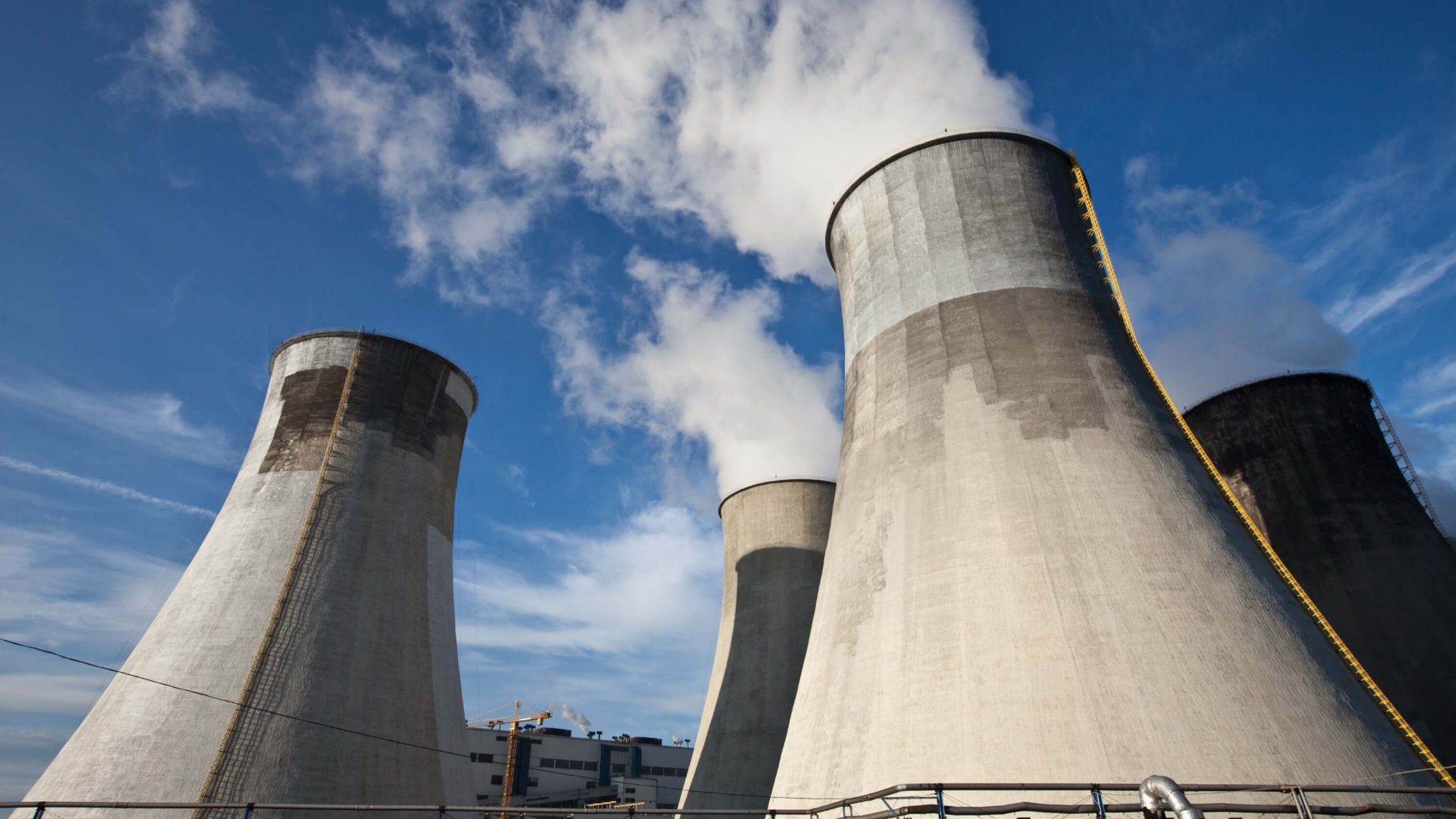Why Choose Sika Products for Cooling Tower Repair?
Sika® is the preferred partner of specialist engineers, contractors and access equipment suppliers focused on these important structures.
Protect, Don't Demolish Cooling Towers
Sika’s well proven and durable protective system allows a reduction in the frequency of refurbishment.
Sika provides a complete package of documentation to assist chimney and cooling tower owners, engineers and contractors with the right selection of repair principles, methods and products, the production of specifications and tender documents.
Concrete Cooling Tower or Chimney Repair
European Standards for Cooling Tower Repair
All products and systems for concrete repair and protection needed for this demanding application are produced by Sika fully in accordance with the European Standard EN 1504. This includes products for application in all of the different exposure and climatic conditions that can be required to repair and protect chimneys and cooling towers.

